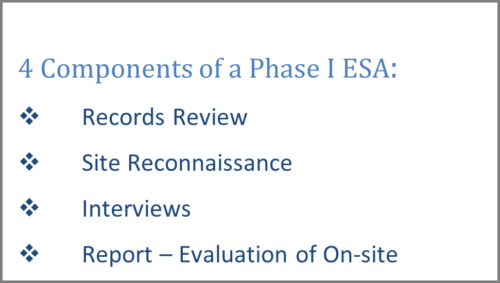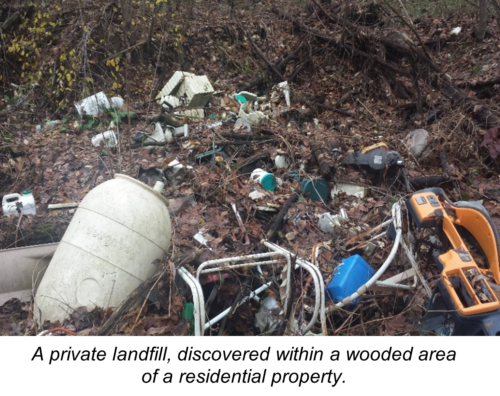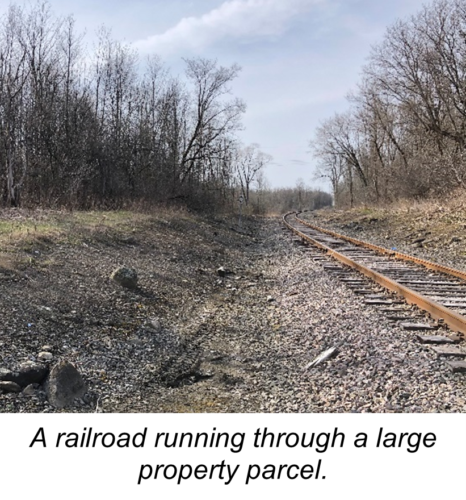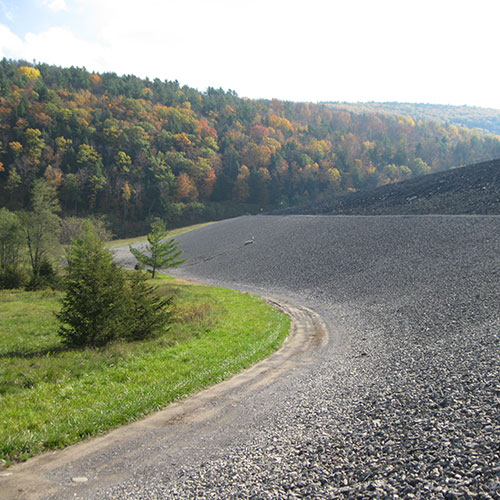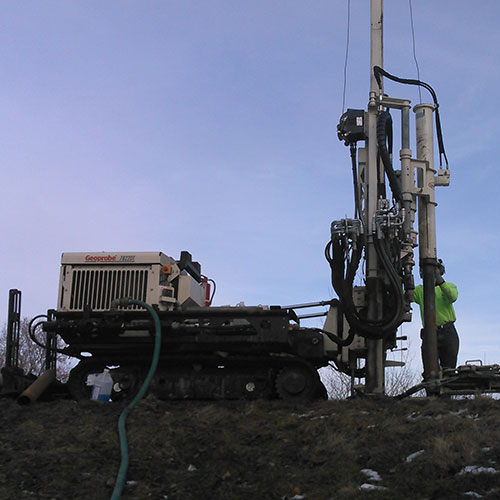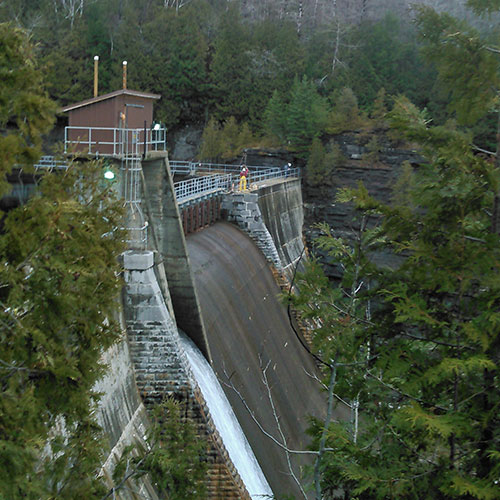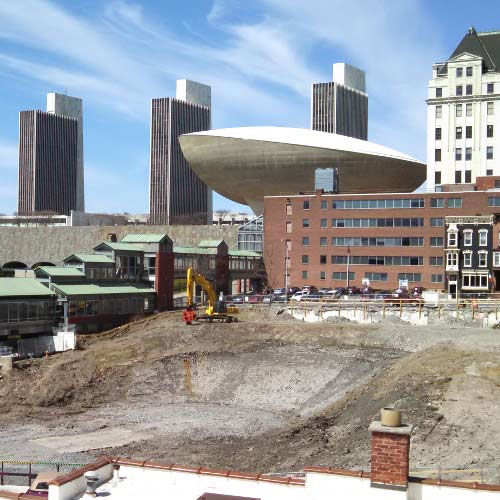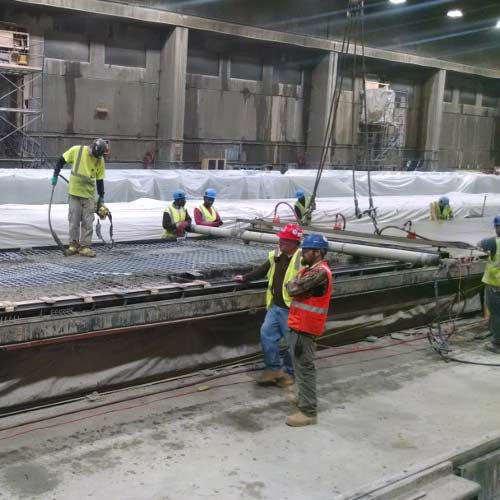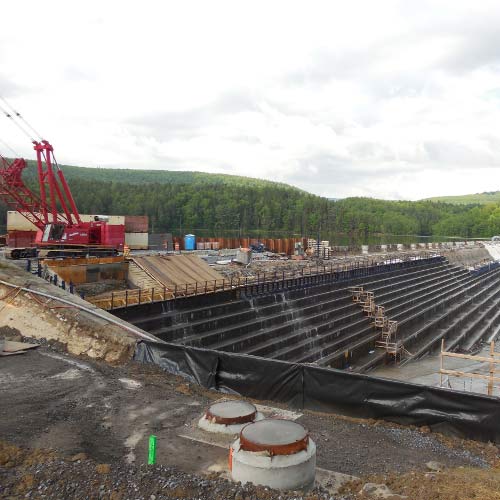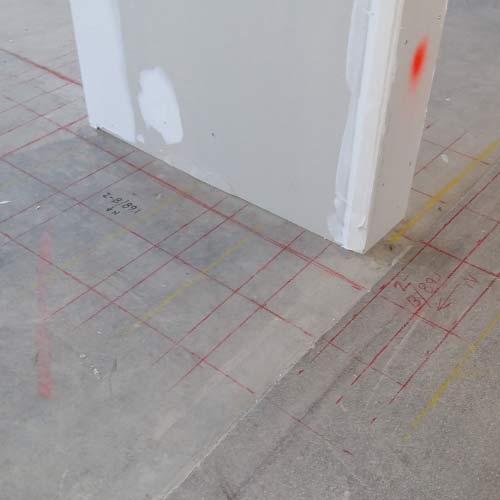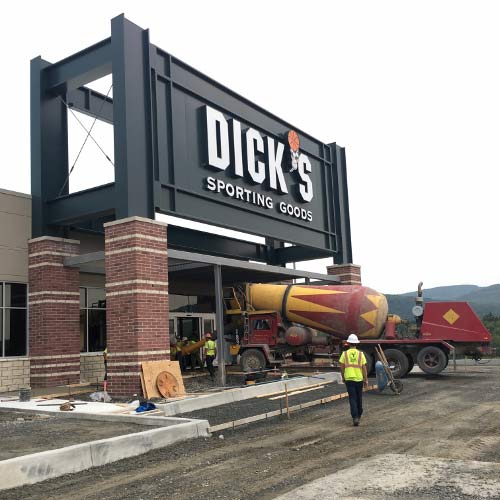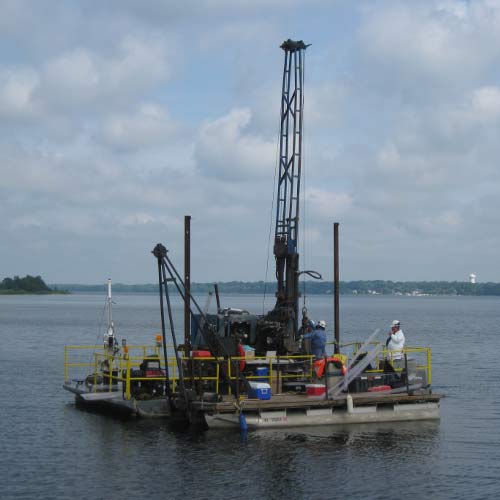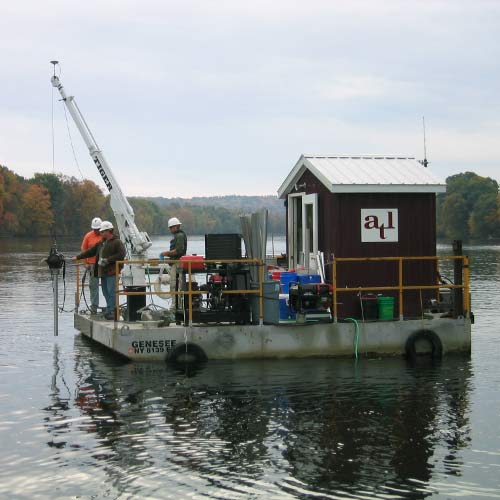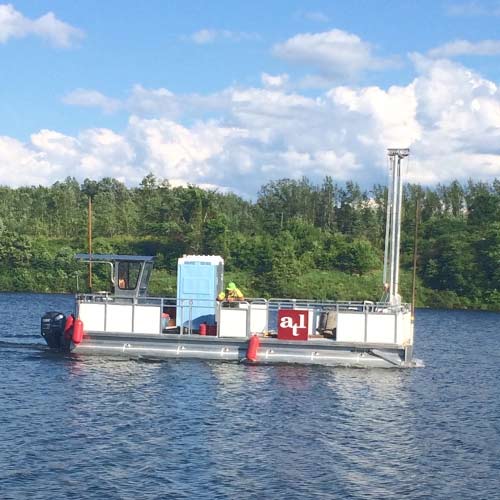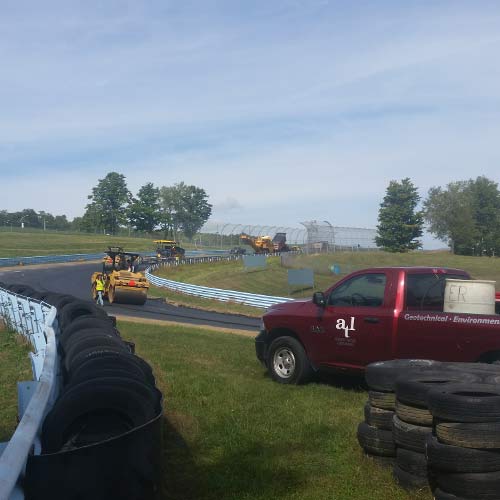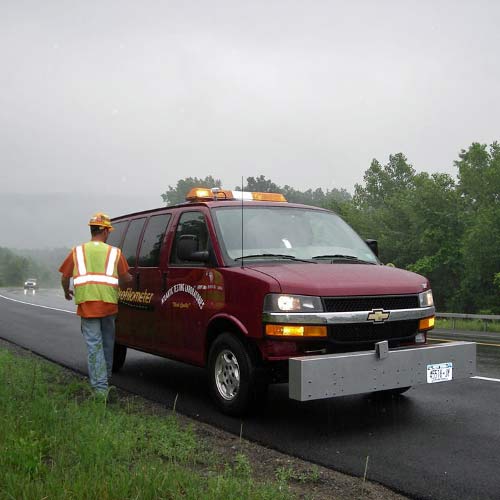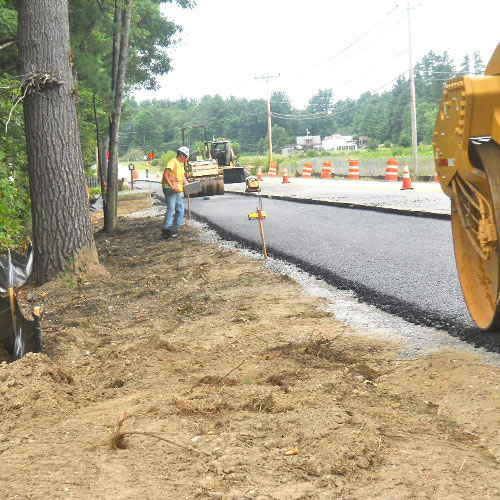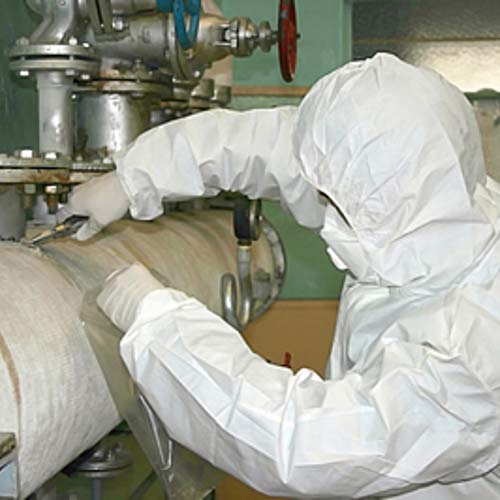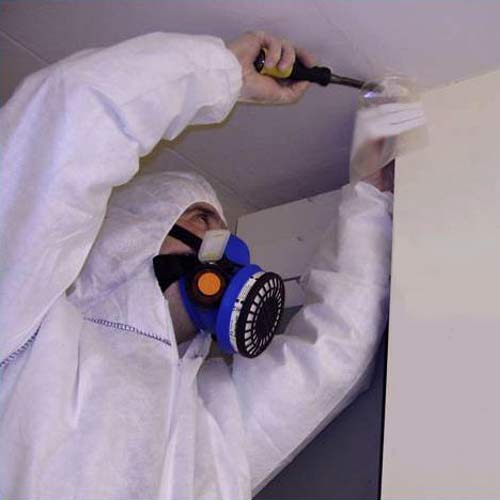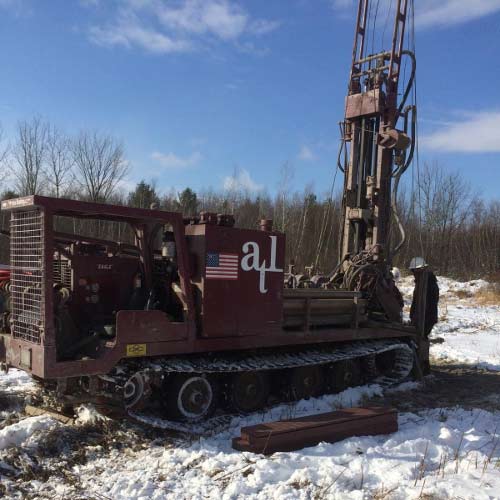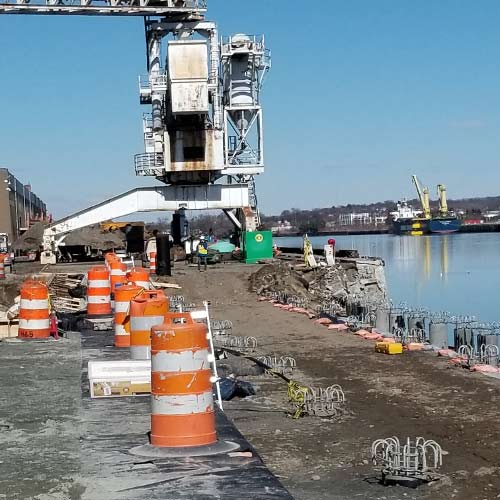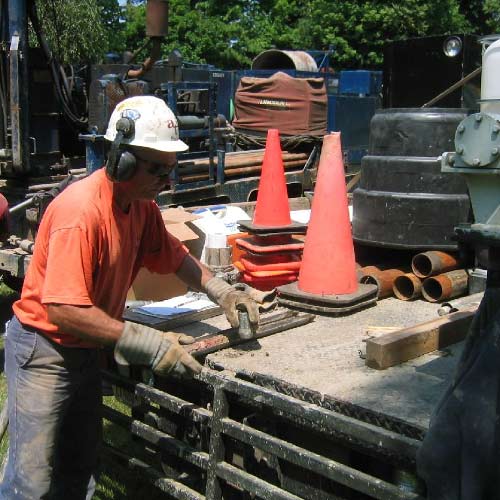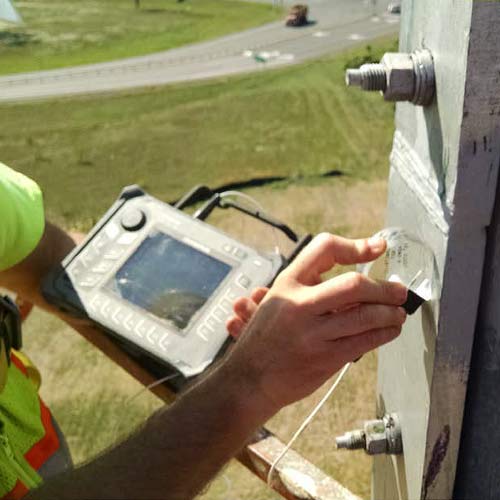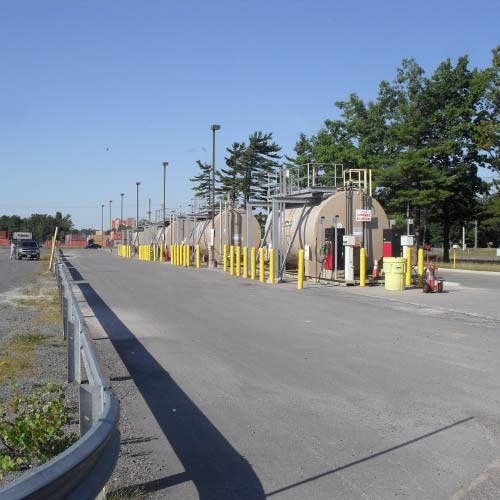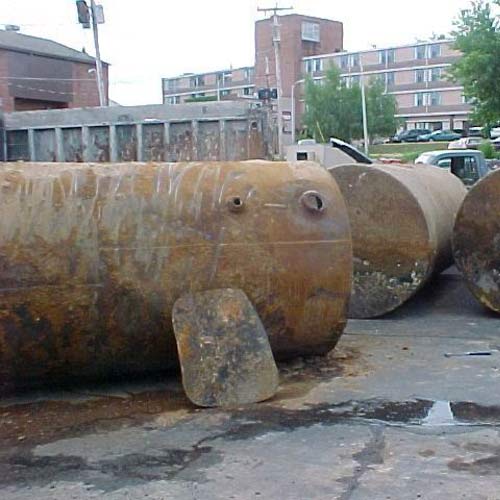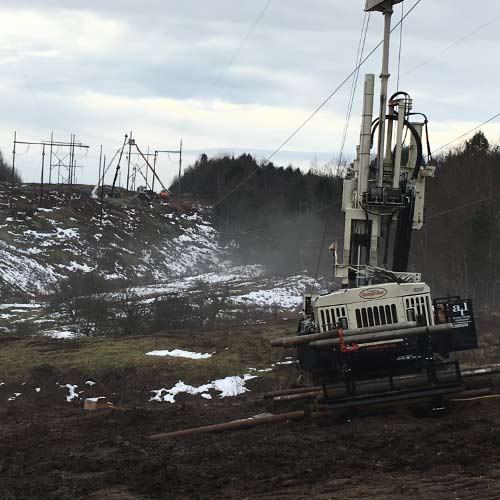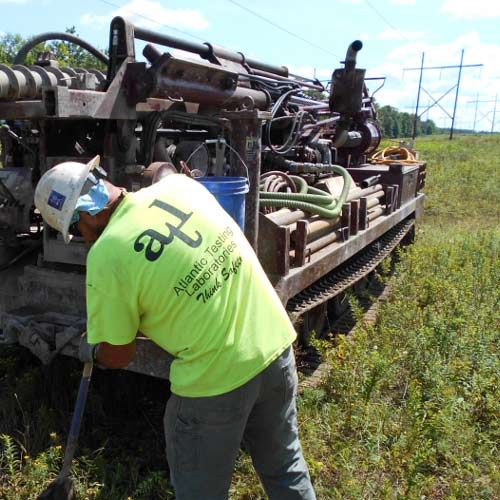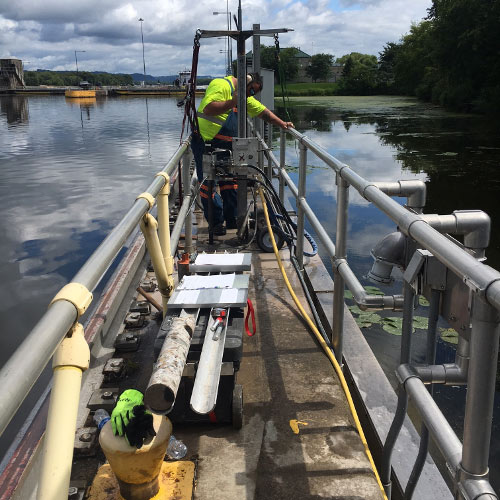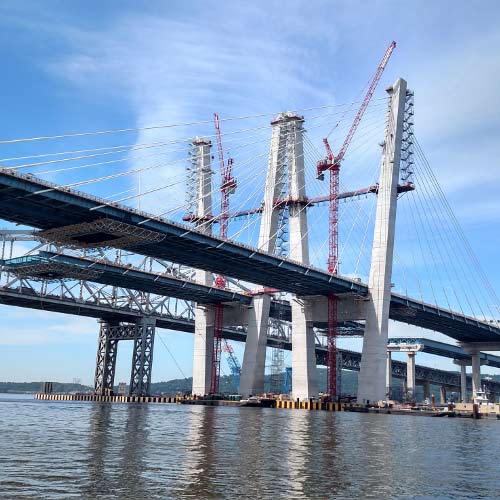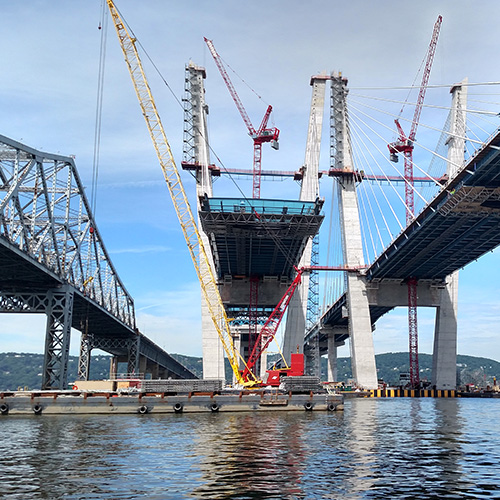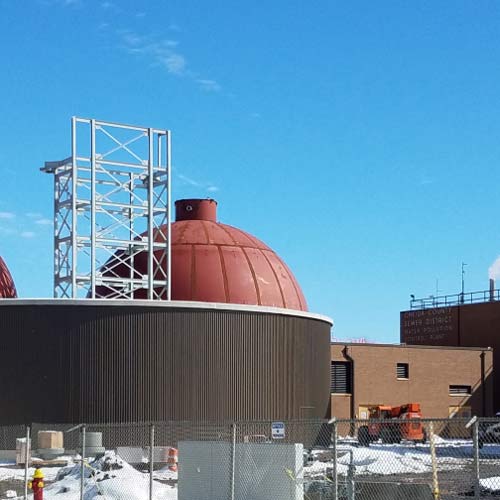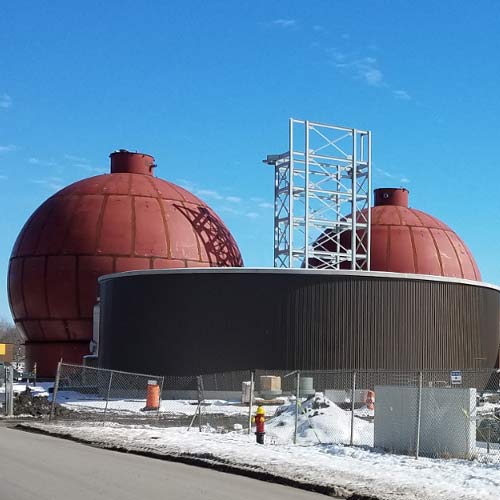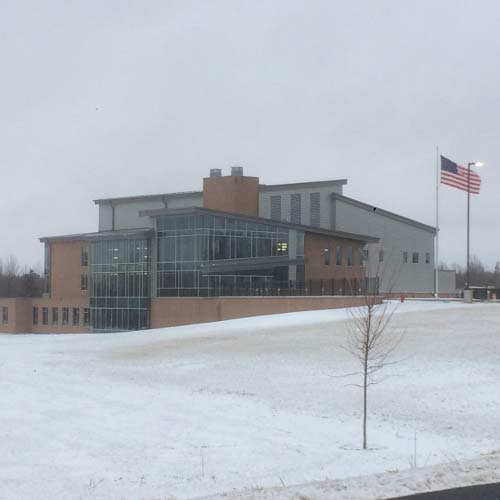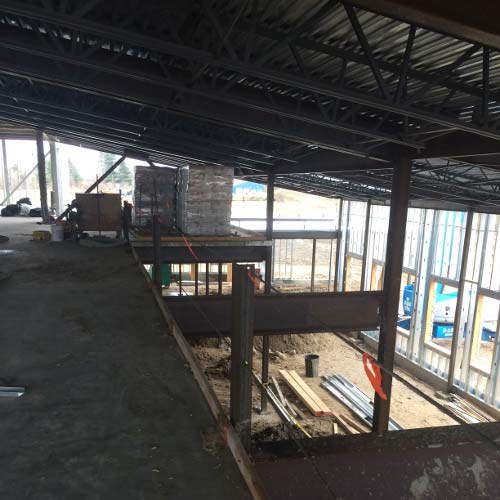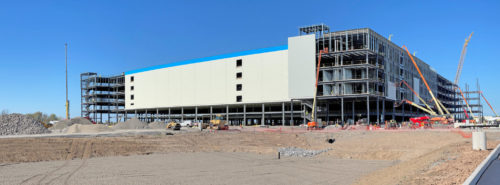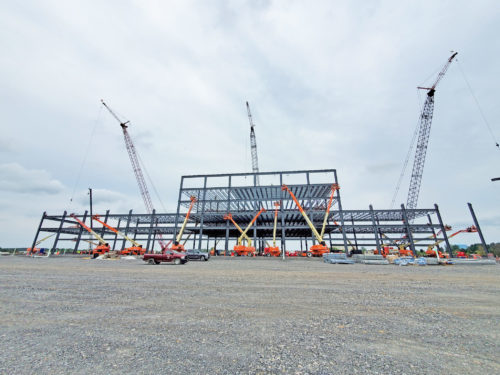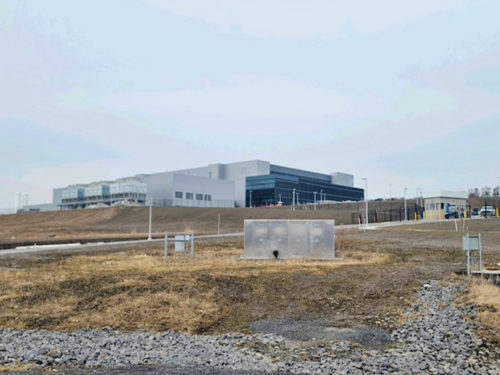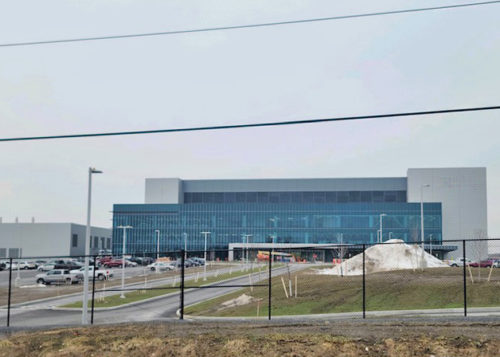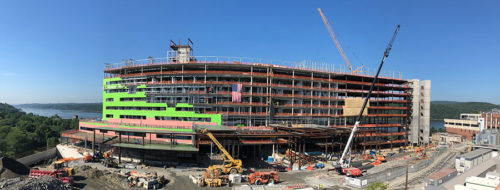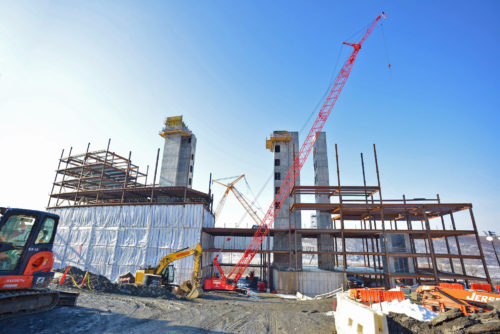Click the following link to view the PDF of this paper: Importance of Phase I ESA on Large Land Tracts

Cheyenne J. Dashnaw, PE
Senior Engineer
Atlantic Testing Laboratories
Phase I Environmental Site Assessment (ESA) is commonplace in today’s market of commercial property transactions. Assessment of environmental risk associated with a property is integral for managing liability related to historical site contamination. This is obvious when it comes to historically developed industrial or commercial properties; however, what about a large land tract that is seemingly historically undeveloped? A parcel of overgrown agricultural land or forest land can appear harmless with regard to environmental liability, but certain findings could lead to an identified recognized environmental condition or business environmental risk.
A Phase I ESA conducted pursuant to ASTM E1527 standards will be comprised of four main components, including records review, site reconnaissance, interviews, and reporting. Many assessments rely heavily on the records review and environmental database searches to identify concerns with a subject property. Such an approach is not suitable for a property with limited development, where there is a lesser likelihood of spills, petroleum storage, pesticide usage, and waste dumping having been reported or recorded.
Some common conditions and risks identified on large land tracts include historical usage, on-site waste landfilling, heavy pesticide application, railroads, and regulated wetlands. Each of these conditions can be attributed to environmental risks and can be assessed using practical site reconnaissance methods.
Common uses of land tracts include residential, agricultural fields and structures, timber lands, and recreational camps. Risks associated with these developments could include on-site fuel storage tanks, asbestos-containing building materials, and abandoned water and wastewater systems. The review of historical aerial photographs, interviews with the property owner, and site reconnaissance are tools necessary to identify risks from historic property usage. Site reconnaissance methods for evaluating historic site usage should focus on areas near roadways and access paths, and observations of cleared sections or locations of different vegetation or tree growth.
On-site landfilling and waste dumping was common in the past, especially for rural agricultural and residential properties. If these activities included the disposal of chemical containers, batteries, demolition debris, waste oil/automotive fluids, or equipment and machinery, there is potential for soil and/or groundwater contamination. Using information gathered from interviews with the property owner and historical aerial photographs, areas of likely landfilling can be targeted during the site reconnaissance. Observing areas around historical structures and traversing access roads and trails will assist in identifying these types of activities.
Railroads often traverse remote areas of land not easily accessed or observed from roads or structures. Environmental concerns associated with railroads include the frequent transport, storage, and handling of petroleum products and other hazardous materials. There is also the potential for localized impacts from creosote and coal tar treated railroad ties. Review of historical aerial photographs and topographic maps can determine if railroad lines were or are present on a subject property. Subsequent observations during the site reconnaissance can provide confirmation and details pertaining to existing conditions.
Regulated wetlands are common on large land tracts, especially those near or including water bodies, agricultural fields, and forested areas. Wetland areas can impact the potential to develop a property and require permitting to conduct work near these areas. Review of historical aerial photographs, topographic maps, and state and federal wetland databases can determine if these risks exist. Similar to railroads, observation of identified areas of concern can provide details pertaining to the existing conditions.
If you have a project that requires Phase I ESA, ATL, a WBE certified company, has environmental professionals who can provide these services. For more information, contact Cheyenne Dashnaw, PE at 315-386-4578, info@atlantictesting.com, or visit AtlanticTesting.com.
|
ASSOCIATED SERVICES |
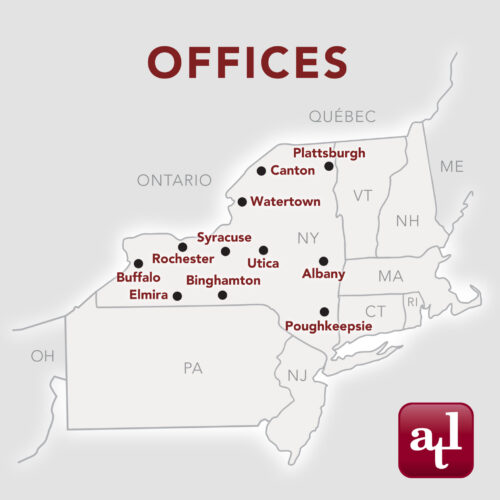 |

